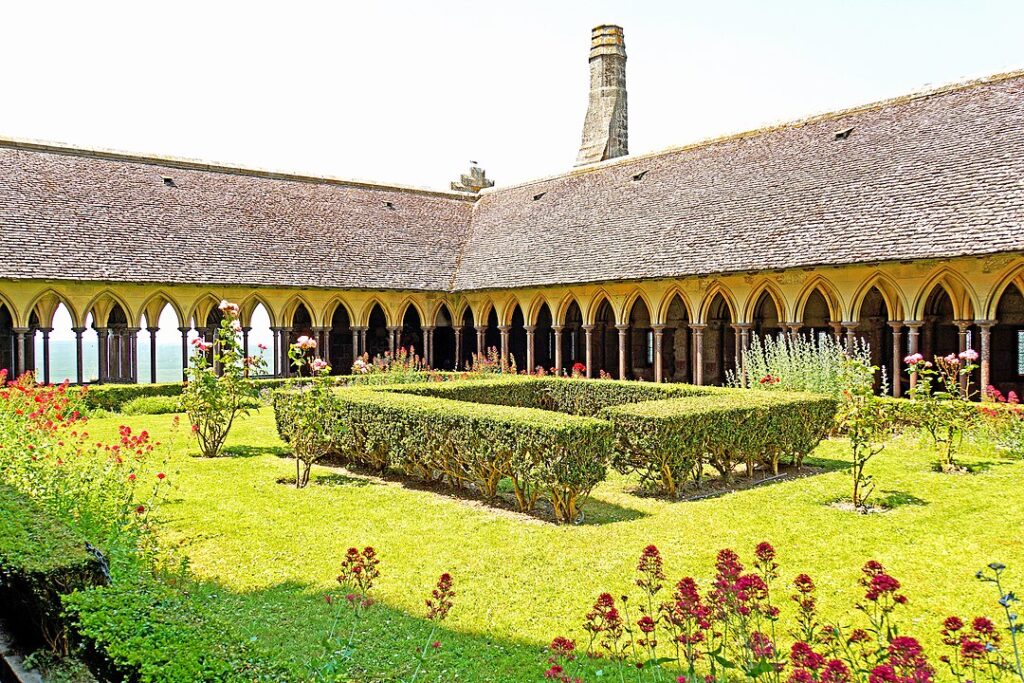 Design and Purpose
Design and Purpose
Monastic gardens in medieval Europe served as vital sources of medicinal herbs, food, and spiritual solace. Monasteries cultivated a variety of plants in carefully designed gardens that included herb beds, vegetable plots, and orchards. These gardens were not only practical but also reflected the monastic values of self-sufficiency and contemplation. The layout often included pathways, water features, and seating areas that provided a serene environment for meditation and study.
Medicinal Uses
Monastic gardens played a crucial role in medieval medicine by supplying herbs used in treatments and remedies. Monks and nuns, who were often skilled in herbal medicine, grew plants like sage, mint, and rosemary for their healing properties. The knowledge of herbal medicine was preserved and passed down through monastic writings and practices, contributing to the development of medieval pharmacology. Monastic gardens were essential for the production of ointments, tinctures, and teas used in monastic infirmaries.
Culinary Contributions
In addition to their medicinal uses, monastic gardens provided ingredients for medieval cuisine. Monks and nuns grew vegetables, fruits, and herbs that were used in monastic kitchens to prepare simple yet nutritious meals. Herbs like basil, thyme, and parsley enhanced the flavor of dishes, while fruits like apples and pears were used in cooking and preservation. The emphasis on self-sufficiency in monastic life influenced the culinary practices of medieval Europe, promoting the use of fresh, locally grown ingredients.
Conclusion
Monastic gardens were integral to medieval medicine and cuisine, providing essential resources for health and sustenance. Their influence on herbal medicine and culinary practices highlights the interconnectedness of monastic life with the broader cultural and scientific developments of medieval Europe.
